Mustard oil cake (often referred to as mustard cake, khal or mustard seed cake) is a byproduct of oil extraction from mustard seeds and is essentially the solid matter that remains. While it may be a byproduct, in agriculture, livestock feed and aquaculture, it is one of the most under-appreciated products. Mustard oil cake is a valuable source of nutrients and a natural bioactive product. Mustard oil cake has been used for traditional farming practices for many years, and today it garners attention from organic and sustainable agricultural experts.
What is mustard oil cake used for?
Mustard oil cake has a range of uses, from enhancing soil, to feeding livestock, herbivores, and improving productivity in ponds. As an organic fertilizer, mustard oil cake will release many of the necessary nutrients including: nitrogen, phosphorus, and potassium, which are crucial to flourish the plants. Farmers sometimes also use mustard oil cake as a soil amendment or as top-dressing. In aquaculture, some specialists use mustard oil cake to stimulate the growth of plankton in fish ponds. Across the mustard growing regions in India, it is common for farmers to witness other farmers crushing the cake in powder before mixing as a soil amendment directly with the soil prior to sowing.
For instance, a vegetable grower swore by the use of mustard oil cake in her tomato crops. She started to notice richer foliage and better crop yields only two weeks after applying mustard oil cake to the soil.
Is mustard oil cake safe for cattle and poultry feed?
Mustard cake is a high-protein feed (research indicates it can be between 28-38% protein depending on the mustard variety), which makes it attractive for cattle and poultry feed, but it is important to note that raw mustard cake contains glucosinolates and other anti-nutritional factors. If not processed correctly, this could limit feed consumption, impact metabolism and thyroid function, or result in other health challenges for the animals. The solution is to detoxify the mustard cake through methods like soaking, boiling, or feeding in combination with other feed ingredients. Many dairy producers are feeding mustard cake mixed with other protein sources (in proportions of about 10-20% of the ration), to support milk production without adverse effects for animal health.
How do you use mustard oil cake as fertilizer for plants?
Mustard oil cake is popular with organic growers due to its ability to not only feed plants, but also improve soil structure and the microbial activity within it. The most common means of application include:
Powdered — Pounded and dusted around the root zone, especially before rainfall or irrigation.
Soil mixing — Mixed into the planting beds, before seed sowing.
Liquid fertilizer — Soak in water for 24–48 hours, and then apply the nutrient-rich water to the plants.
Field trials have found that mustard oil cake increases plant growth and yield, and in aquaculture it enhances plankton production which is the natural food base for fish. One comparative study between mustard oil cake and cattle manure reference ponds, noted the cake was much higher in nitrogen content ≈5.4% N), and phosphorus content (≈1.8% P). This study also showed the cake outperformed the manure with respect to plant yield and productivity. Read more : ResearchGate
Does mustard oil cake help control pests in the soil?
Yes, mustard oil cake has pest-repellent properties, thanks to its natural glucosinolates. These compounds can decompose into biofumigants that are able to suppress nematodes, soil-borne fungi, and certain undesirable insects.
Conclusions from trials using mustard cake in combination with beneficial microbes decreased nematode numbers and reduced disease severity in crops. Mustard oil cake is an inexpensive and green addition to an integrated pest management (IPM) system.
Where can I buy pure mustard oil cake?
Mustard oil cake is available locally at oil mills, farm supply stores, and online. You can buy it in either a powder or pellet form depending on your use. India is one of the largest producers of mustard seeds and has a strong existing supply chain for mustar oil cake, and even exports it to some countries. If you buy it from a local oil mill, you guarantee that it is fresh, pure, and does not contain anything unhealthy.
Buying Link : Mustard Oil Cake
Composition, benefits & environmental advantages (quick facts)
Protein content: ~28-38% protein depending on mustard variety.
Nutrient composition: A greater than average nitrogen and phosphorus content compared to many manures48, making it an excellent organic source of nutrients.
Sustainable: Mustard seed meal can help reduce reliance on synthetic fertilizers and contribute to the recycling of an oil industry byproduct back into a farming system.
Market snapshot
The mustard industry in India produced around 13.53 million tonnes in 2024, and with each tonne of seeds crushed for oil, significant quantities of mustard oil cake are generated. This ensures year-round availability and competitive pricing for farmers, gardeners, and feed manufacturers alike.
Final takeaway
Mustard oil cake is not just a by-product of oil extraction, it is a multi-purpose input that is highly nutritious and environmentally friendly for crops, animals, and fish ponds if adopted appropriately. Regardless if you are a backyard gardener looking for healthy vegetable beds, dairy farmer hoping to improve milk yield, fish farmer hoping for better productivity from a pond, mustard oil cake can improve your production system, provided you understand how to implement it safely, and that you are buying from a reputable merchant.
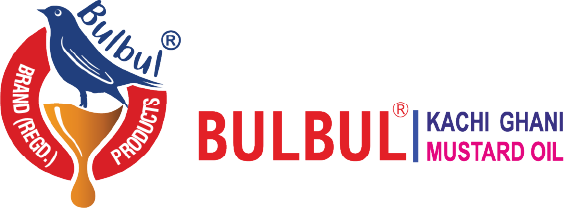

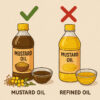

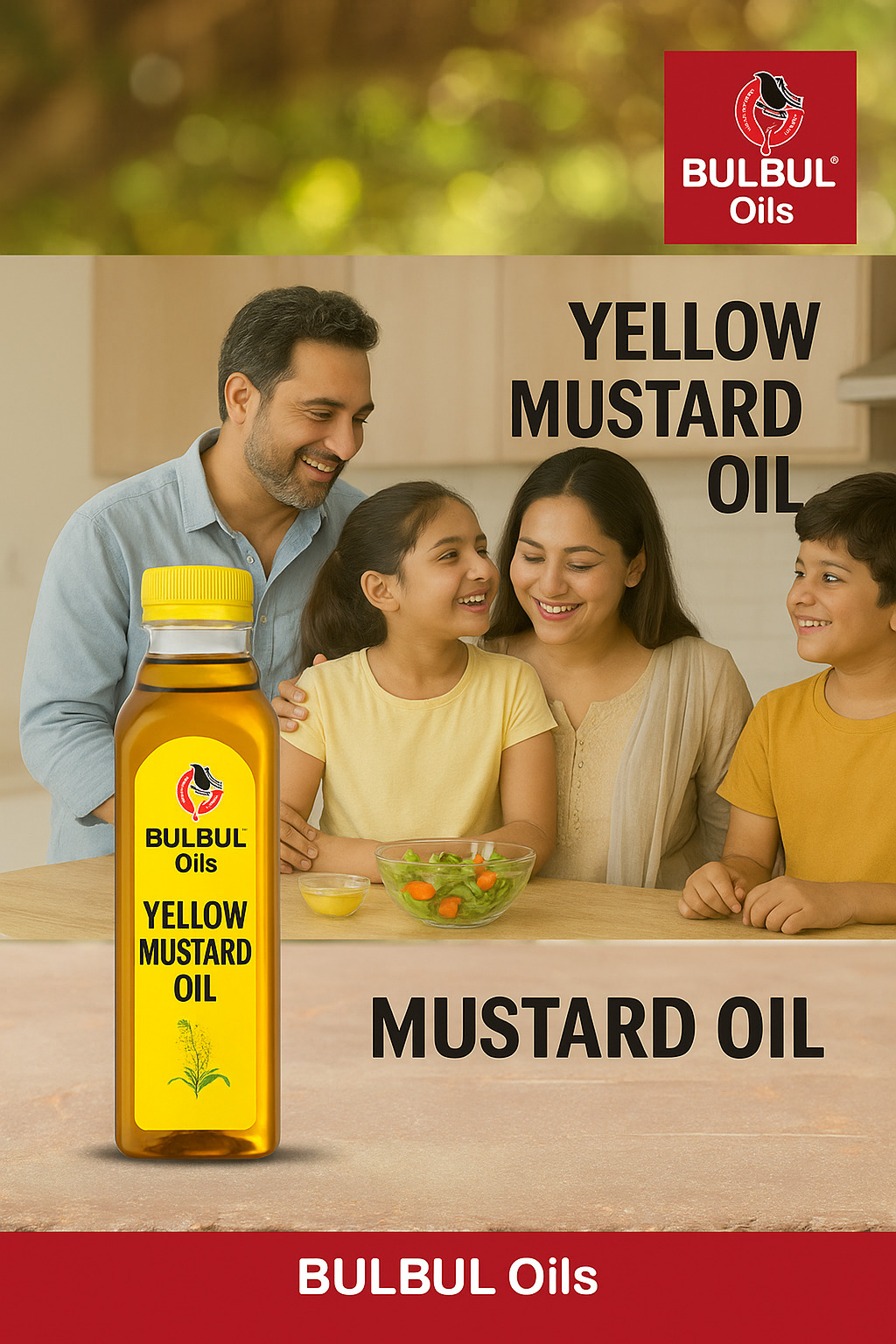
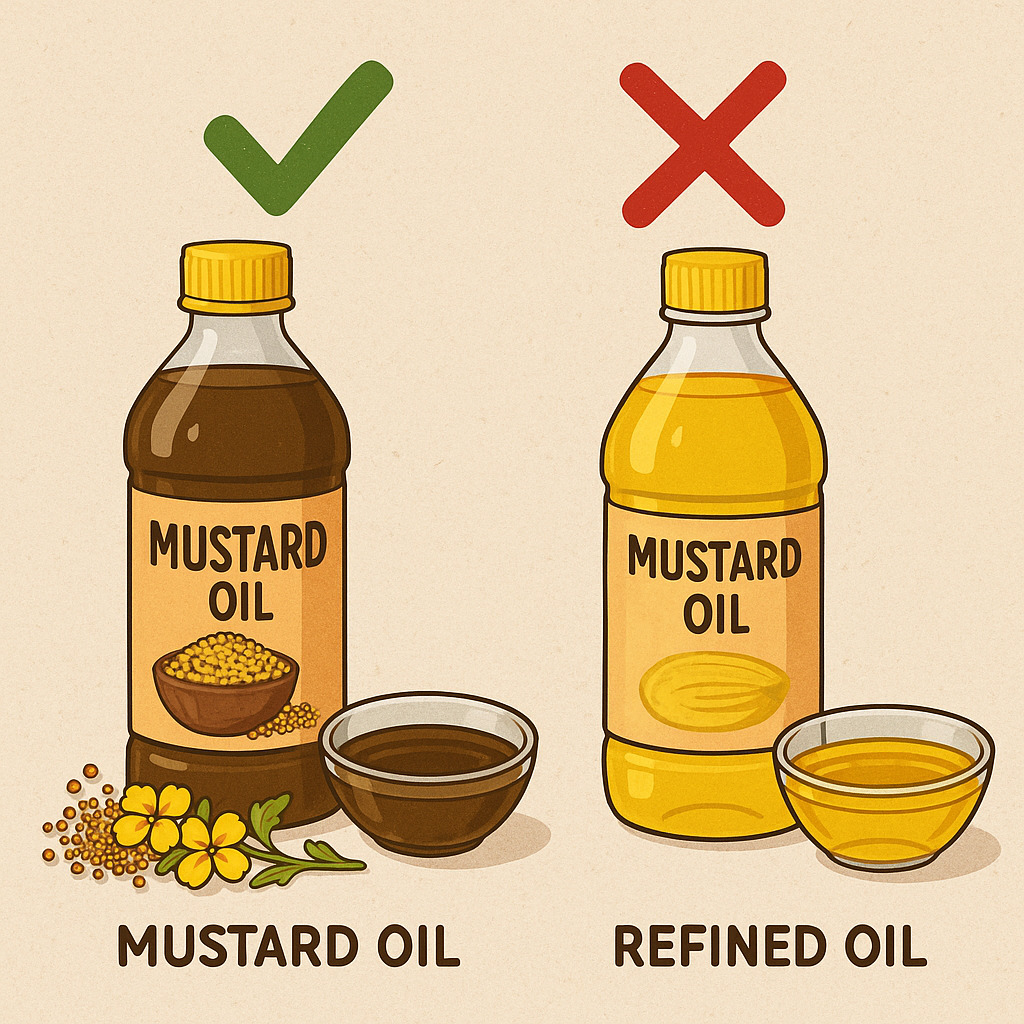

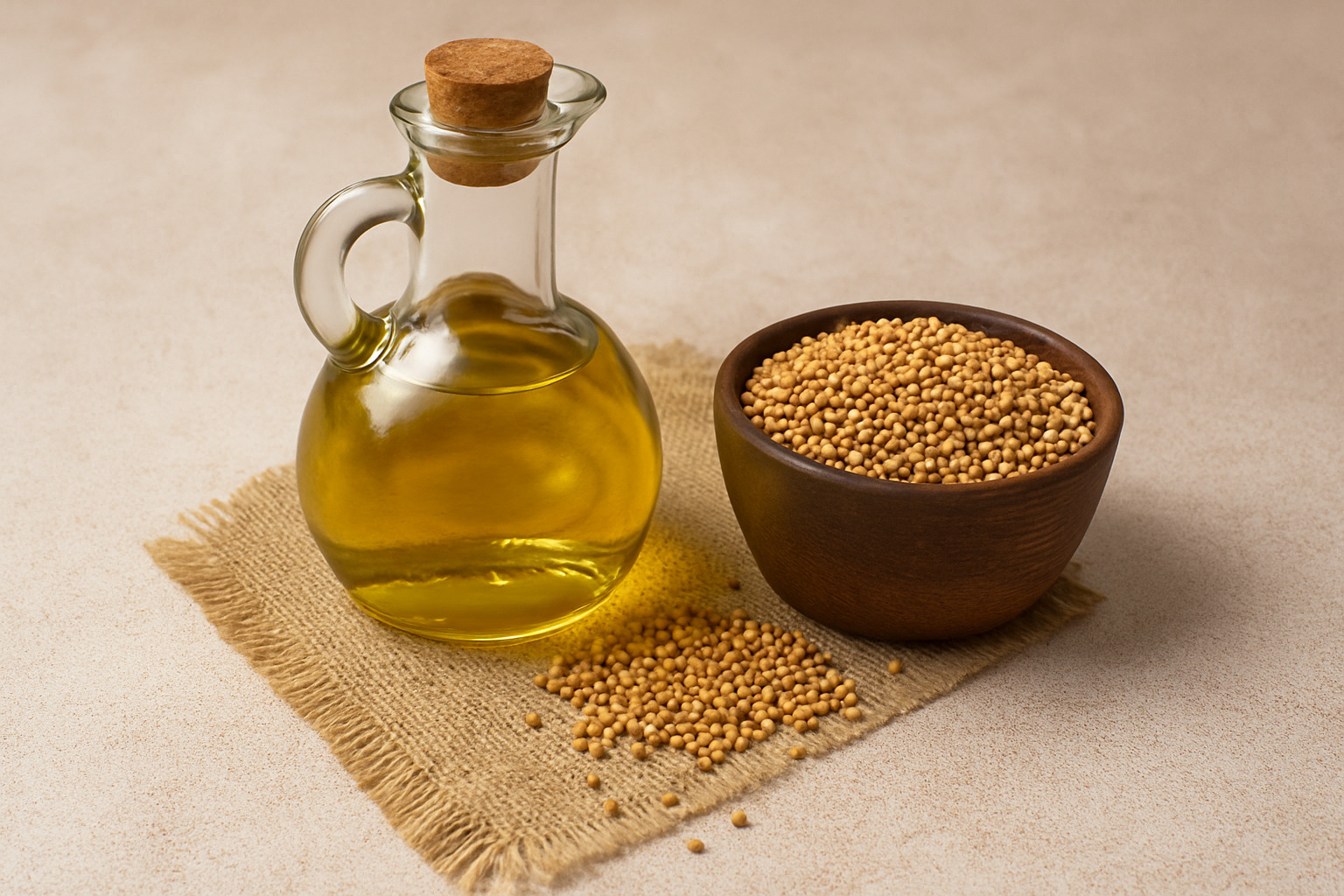

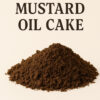
Leave a reply